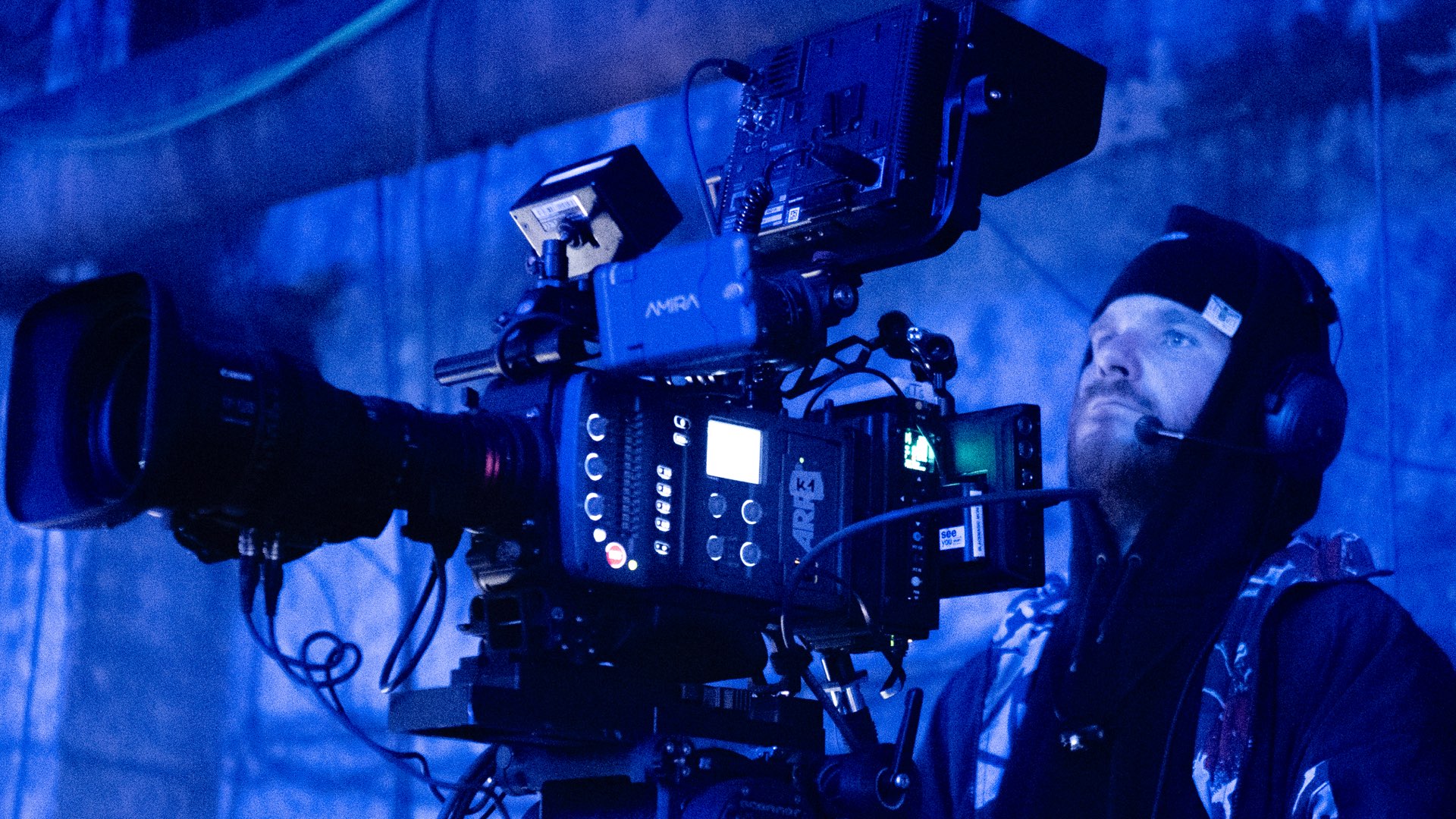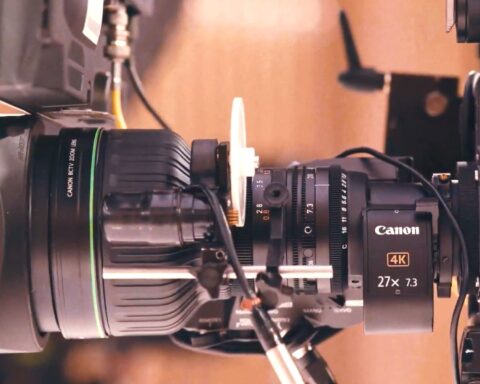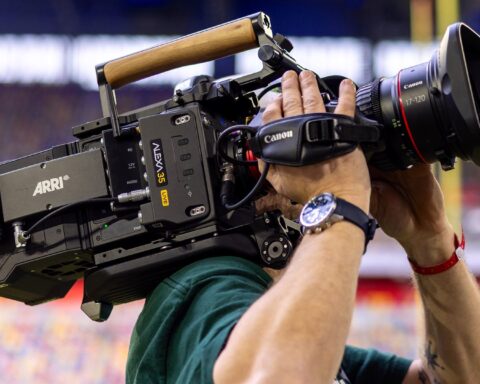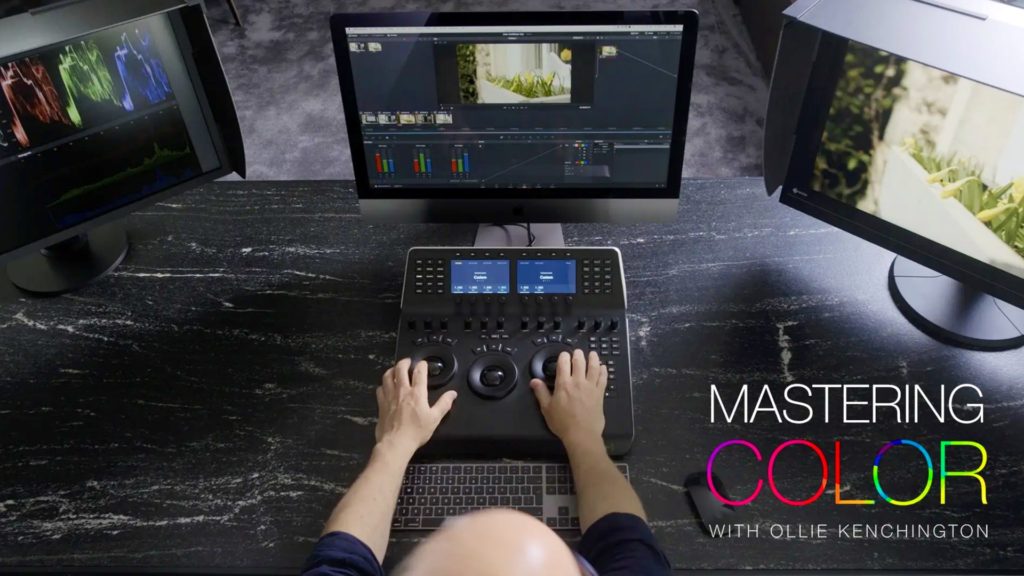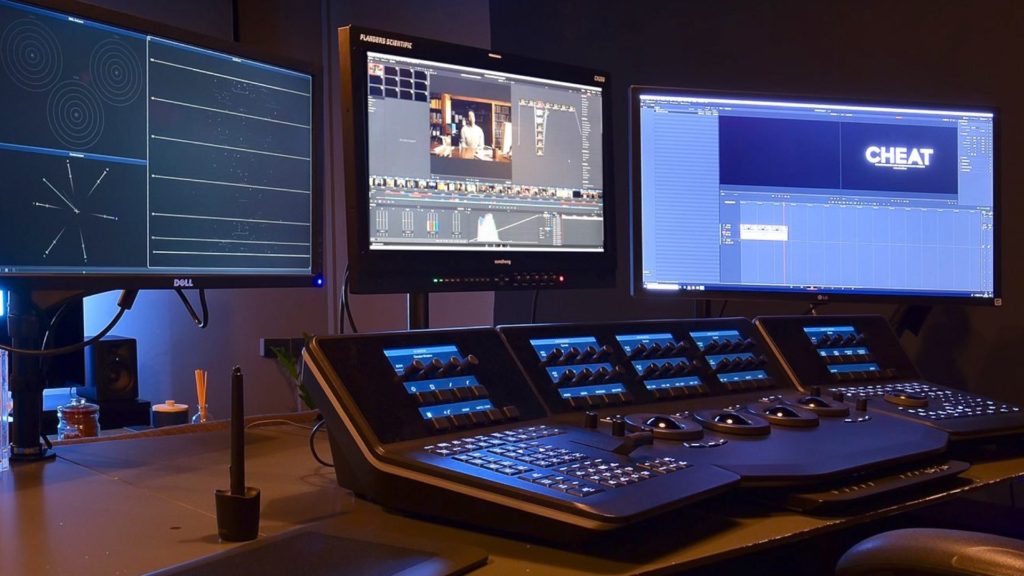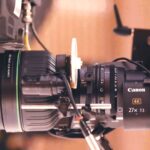ARRI found a way to enhance the cinematic look of live streaming by utilizing its cameras capabilities of mixing LUTs during a real-time event. Read how this concept was implemented and premiered in the ARTE Concert.
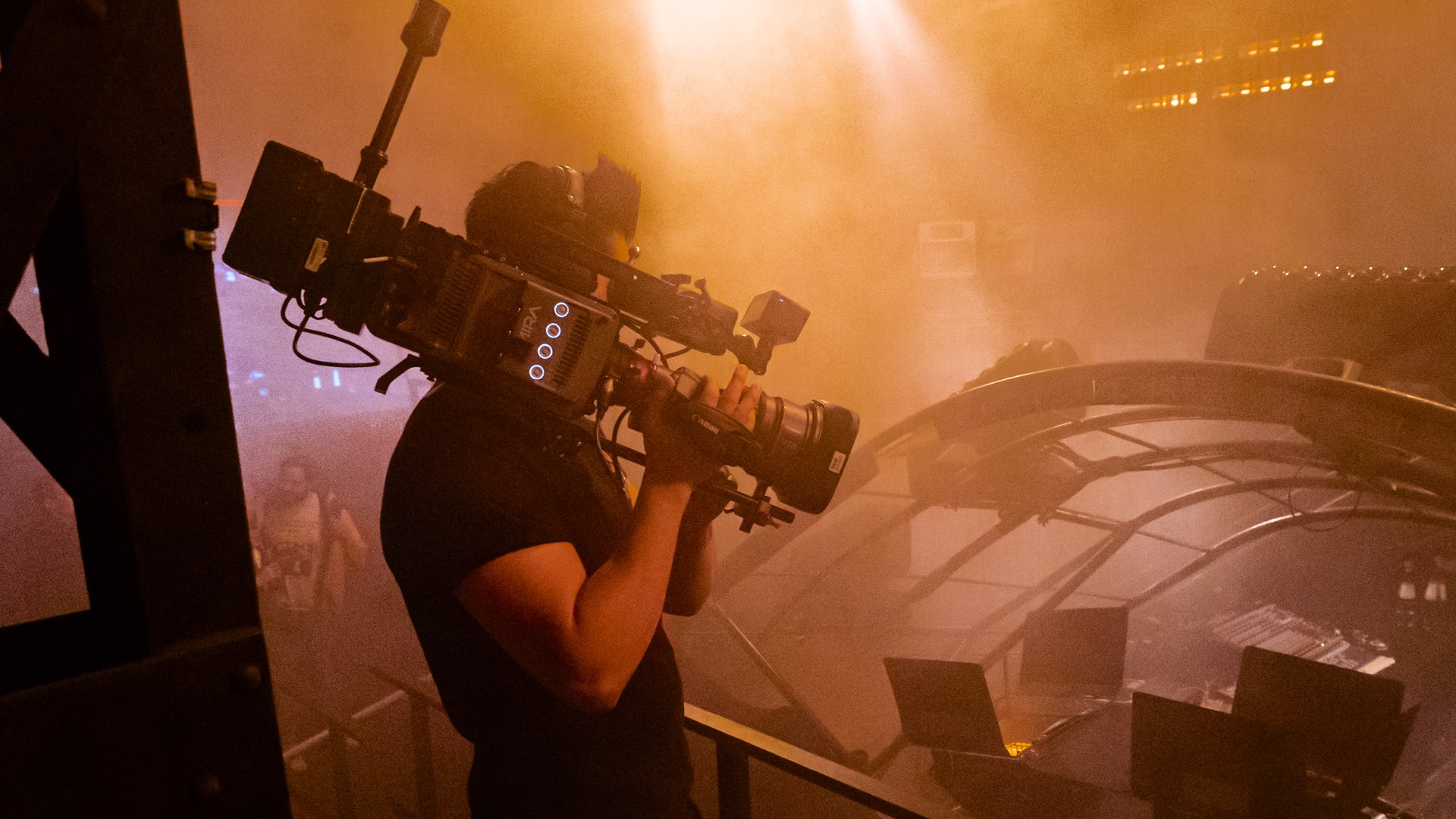
Changing the camera look during live production
A few days ago, ARRI announced an impressive achievement that seemed to be a breath of fresh air in the conservative live-streaming word. As stated by ARRI: “For the first time during a live production, the look of the camera image could be changed at the push of a button without time delays.”
Y.M.Cinema Magazine reached out to ARRI to shed some more light on this new concept and how it has been executed. So here you go. The whole process explained by ARRI is down below.
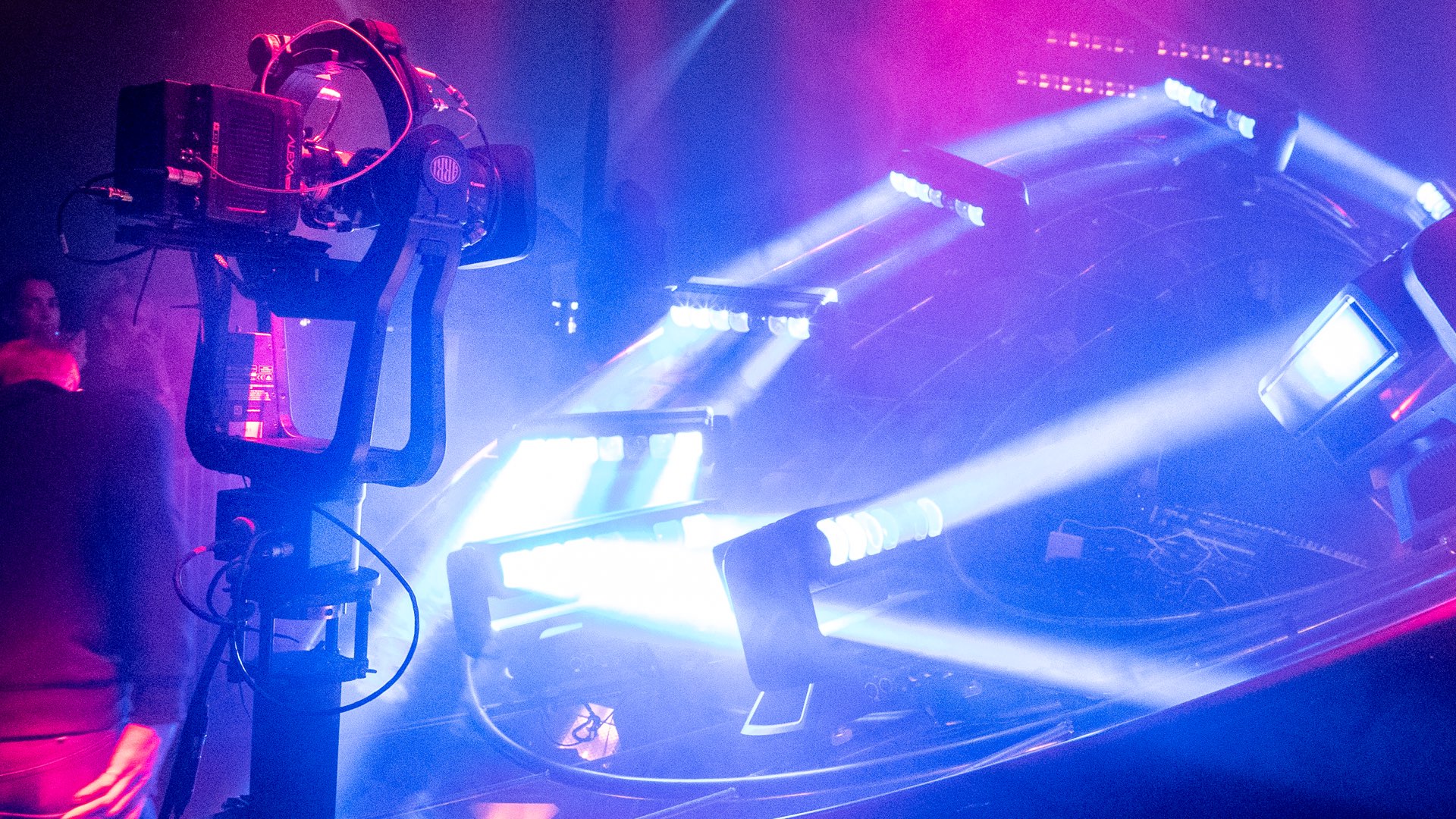
For the first time during a live production, the look of the camera image could be changed at the push of a button without time delays
ARRI
The idea behind LUTs mixing during live-stream production
It’s no secret that the live-streaming is more conservative and less cinematic than conventional film production. Although there are numerous technological achievements regarding 8K cameras, devices, and methods, it seems that the quest after the artistic imagery of live-streaming has left behind. That’s going to change for sure, as 8K and HDR TVs penetrate the market, together with advanced cameras. However, ARRI found an innovative way of creating art into live-stream event by mixing LUTs during live production.
The event was the ARTE Concert, which went lifestream on the internet (8 hours).
The LUT-shifting gave the privilege for the audience to be able to experience the live stream with specially coordinated colors of the camera shots.
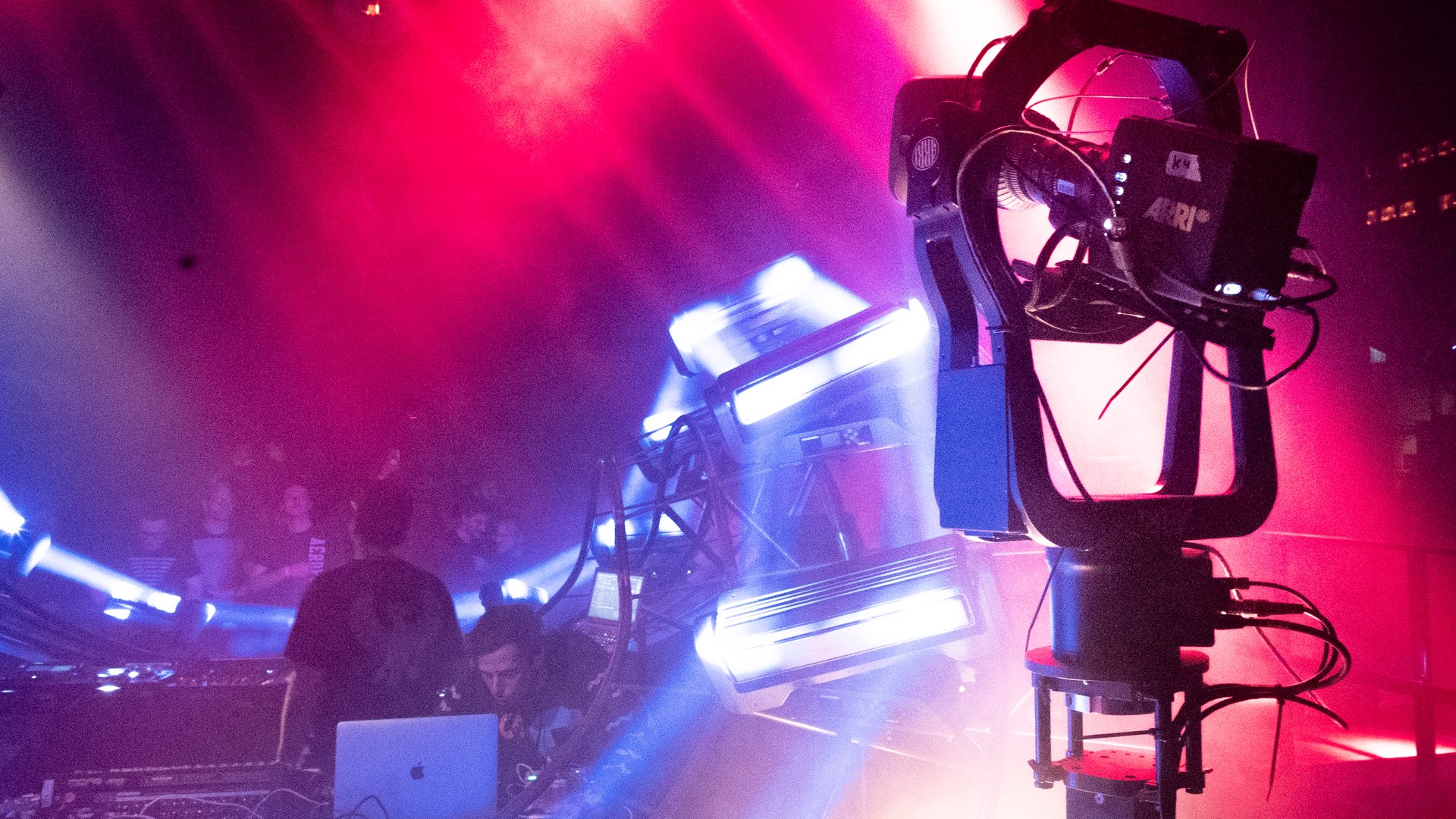
ARRI found an innovative way of creating art into live-stream event by mixing LUTs during live production.
The process as explained by ARRI
Loading 14 selected LUTs into the ARRI AMIRA and ALEXA Mini
At ARTE Concert world live premiere, several selected ARRI LUT’s were loaded into the ARRI cameras in advance. The cameras used were ALEXA Mini and AMIRA, which provide 50 memory locations for preconfigured LUTs. For the production of 87 existing LUTs, a preselection of 14 pieces was made in advance. These 14 LUTs were loaded into the internal memory of the camera via USB before the show, to be shifted at the push of a button.
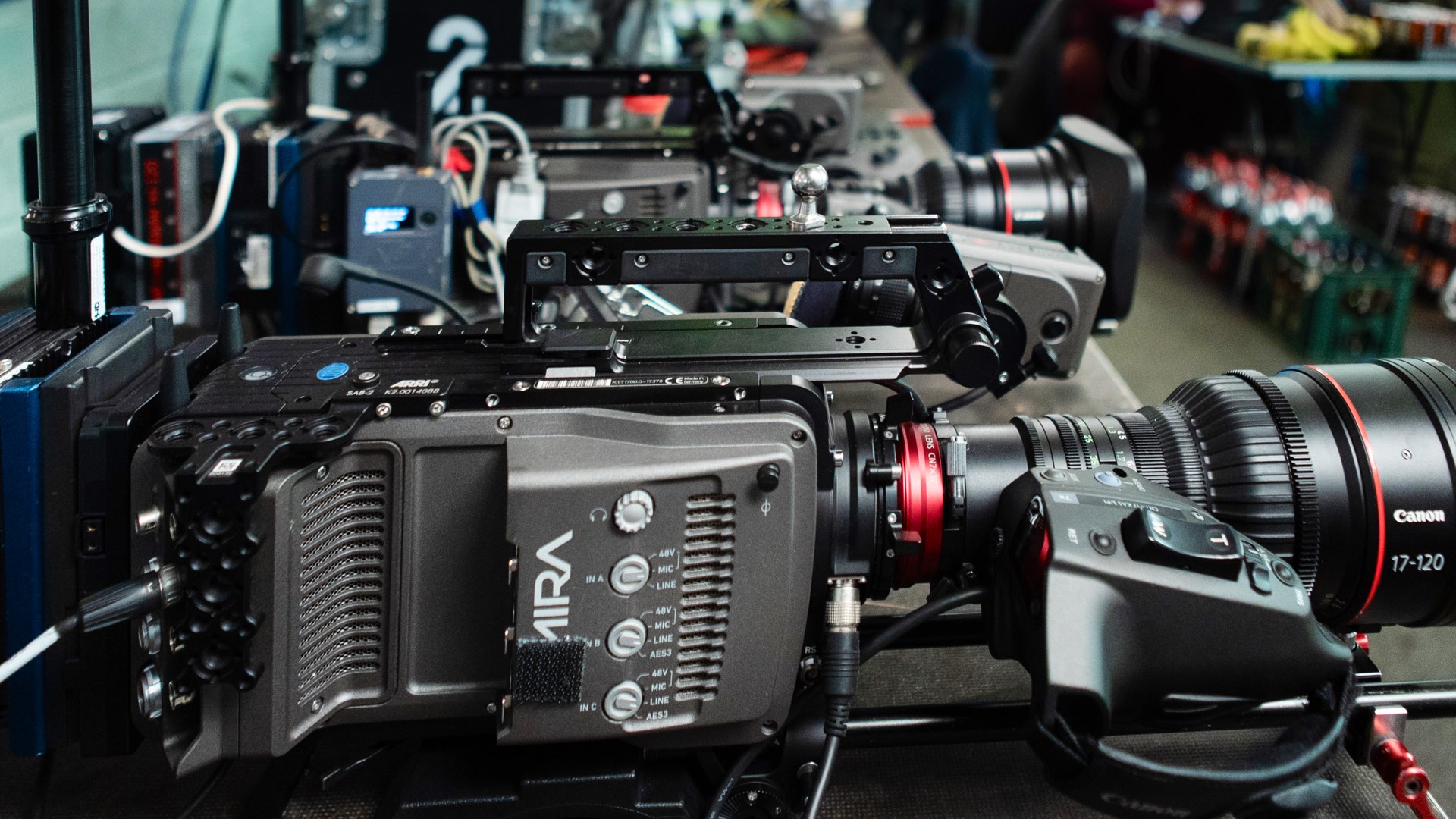
The cameras used were ALEXA Mini and AMIRA, which provide 50 memory locations for preconfigured LUTs
Changing the LUTs “At the push of a button “
The LUTs were changed In conjunction with a Skaarhoj RCP V2, which supports the ARRI CAP (Camera Access Protocol) and accesses the camera via the network interface. The selection of the respective LUT is made via a rotary knob on the RCP. The individual LUTs are shown in the RCP display and loaded at the push of a button. This configuration allowed the live-stream process to be uninterrupted, and thus, the TV production workflow was not affected.
Camera setup and technical details
At the FOH was an AMIRA with Canon CN7x17 and at the DJ desk two ALEXA Mini CForce Mini motor for aperture control. The two handheld cameras were ARRI AMIRA with Canon CN7x17 and equipped with HD wireless video radio links. The telemetry was controlled via a Videosys radio link. At the back of the DJ desk, an ALEXA Mini with Canon CN7x17 was placed in a stabilized remote head from ARRI, SRH -3 with a BLACKCAM TL-Tower.
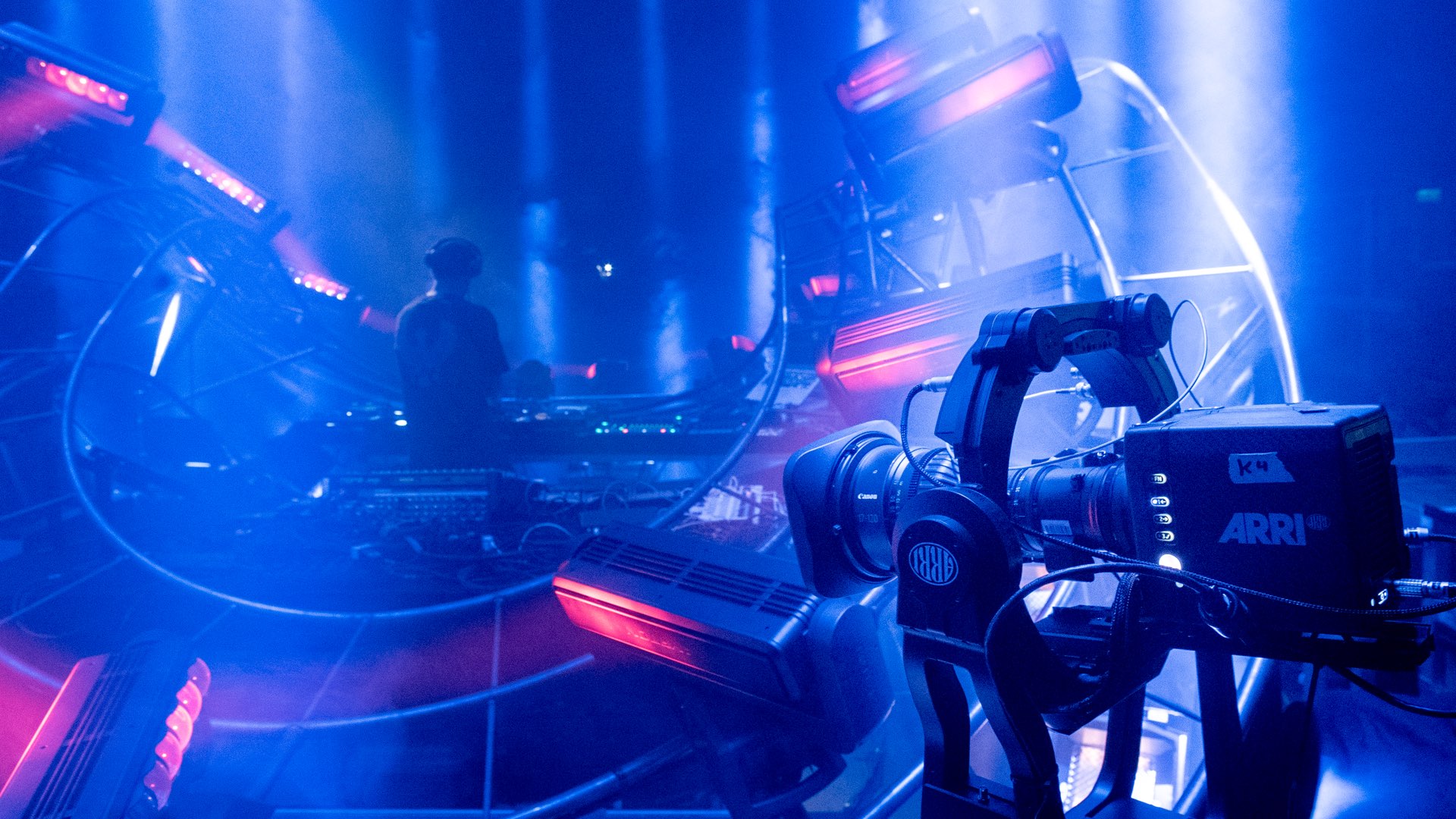
On the crane was an AMIRA with Canon CN7x17. The wired cameras were connected to the control room via SMPTE 311 fiber cables. Here the DTS Fiber System, distributed by ARRI, was used, which also provides intercom, return image, program sound, and remote control via an RCP in addition to the actual camera image transmission. That also made it possible to access the camera with a PC via IP network and web browser. The PC was also located in the same IP network as the camera.
Explore the scheme below, which demonstrates this setup (click on the image to get a larger view):
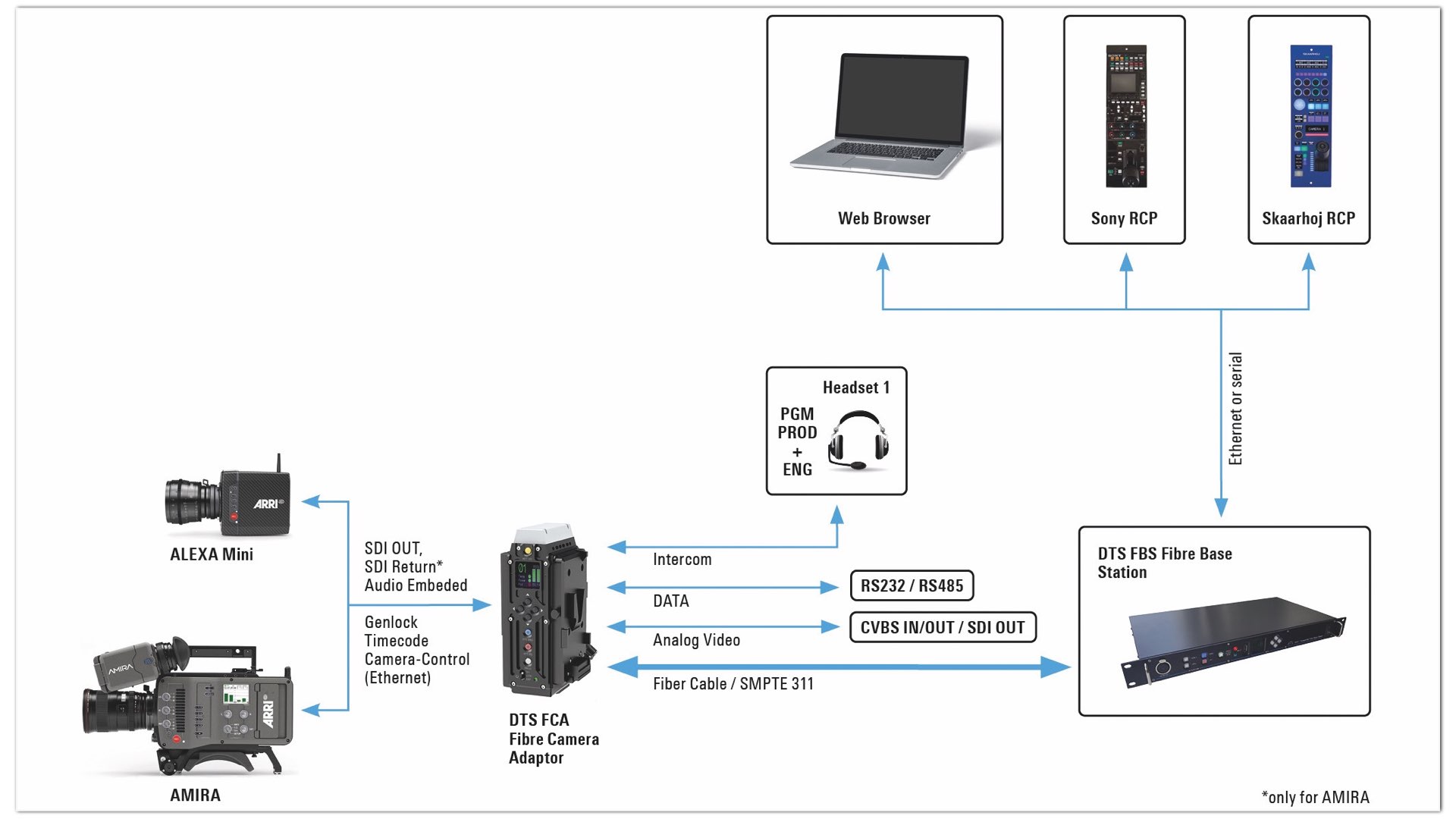
Loading the LUTs
Via a web browser, each camera could be accessed, the corresponding menu opened, and the LUT selected and loaded. Direct access to the camera was also possible. The camera operator had to select and load the LUT on the camera manually: Main Menu>Look>LUT>Set (4 steps). A restart of the camera to activate the LUT was not necessary. After selection, the switchover took place without time delay or disturbance in the picture.
There were 87 ARRI LUTs (color space REC 709) in 3 different intensity levels to choose from, of which 14 LUTs were used in the closer selection for the event, and 8 of the 14 on the fly were used during production. BTW, in addition to the ready-made LUTs, it is also possible to generate your LUTs in color grading tools such as DaVinci Resolve. Furthermore, there is the ARRI Color Tool, which offers the possibility to build your LUTs for free.
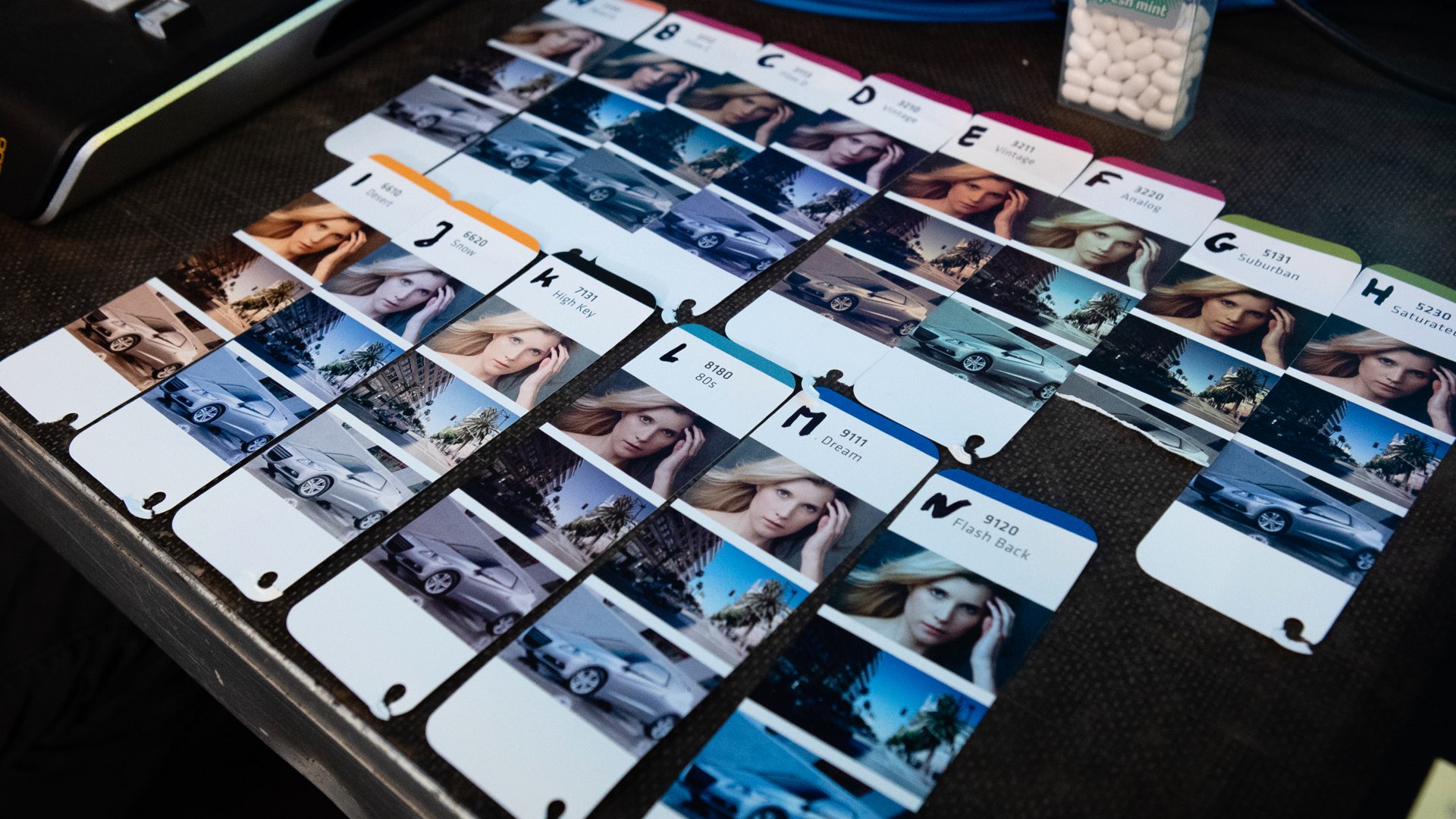
There were 87 ARRI LUTs (color space REC 709) in 3 different intensity levels to choose from, of which 14 LUTs were used in the closer selection for the event
In case you’d like to know more about the possibilities and capabilities of ARRI cameras, and the ecosystem, the ARRI certified online training for the camera system is an excellent start. You can also read our review of this course in case you just curious and want to know more about ARRI’s online certified training.
Elevating the cinematic look and feel of live production
The advantages of changing LUTs during live-show are significant. As explained by ARRI: “The advantages are manifold. LUTs can be created and adapted to specific, changing lighting situations, e.g., live operas, shows, theaters, concert broadcasts. Or give a live broadcast its look, which can be varied during the broadcast”. ARTE concert production can be used as a solid case study for this statement.
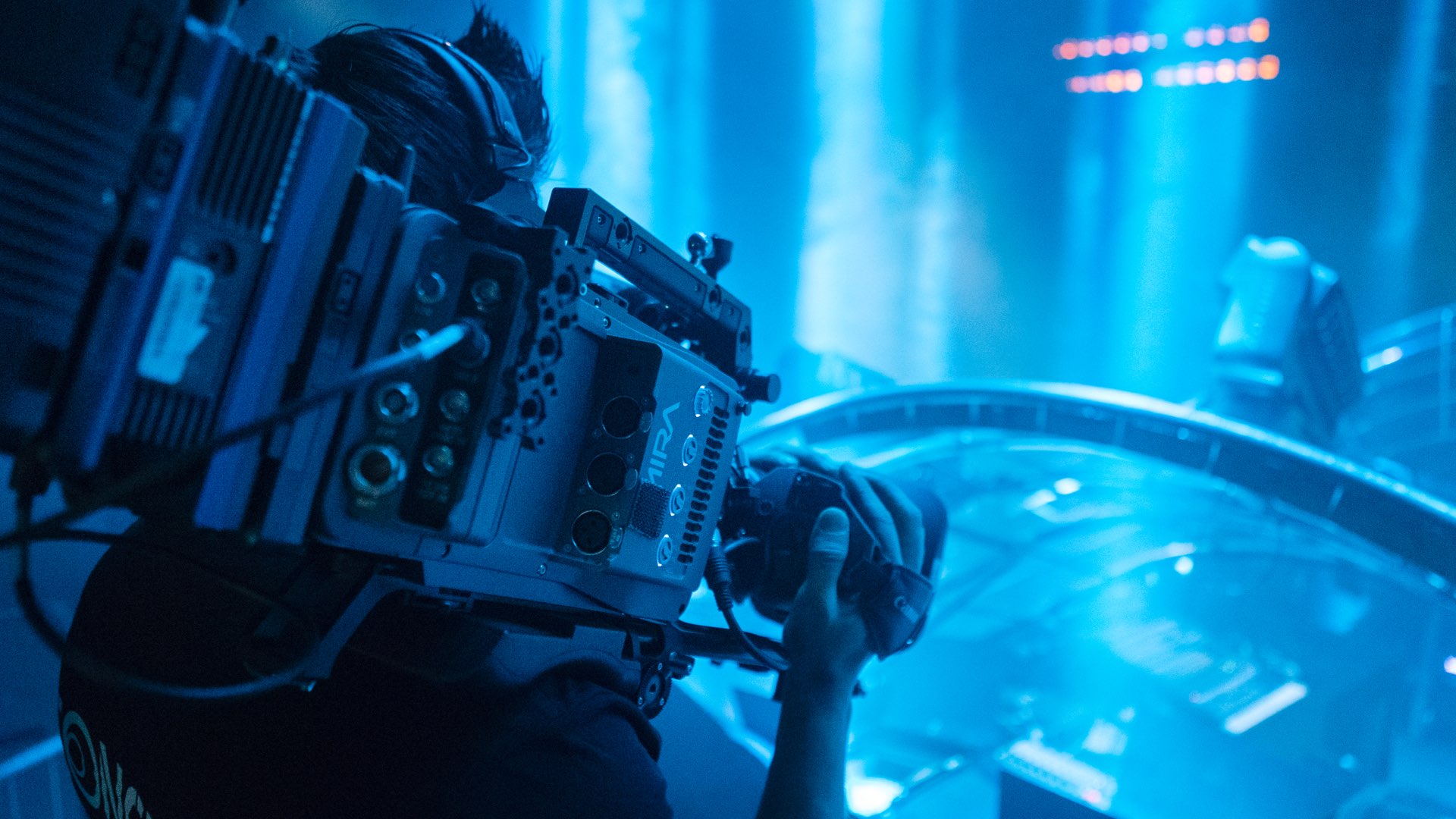
The high dynamic range (14+ stops) of the cameras and their connection to the LUTs have cleverly counteracted this. The immediate result was not overdriven, crisp, noise-free, and “cinematic”
ARRI
For each DJ, a particular LUT was used, and an individual visual style was created. Furthermore, when using monochrome LED light at PopFestivals, the camera sensors often overdrive extremely, and this is shown by so-called “erosion” in the light core of the pictures. Besides, the contrasts are extreme. The high dynamic range (14+ stops) of the cameras and their connection to the LUTs have cleverly counteracted this. The immediate result was not overdriven, crisp, noise-free, and “cinematic.”
Check out the results below:
Wrapping up
The idea to stream live-event in cinematic look and feel is quite challenging. The action of mixing LUTs can be used as a professional solution inspite of the complex implementation. You will need cameras and systems that are capable of achieving that. However, the complexity in executing such a project can be rewarding since it grants a whole new and unique viewing experience, which can be much appreciated by a modern audience.


